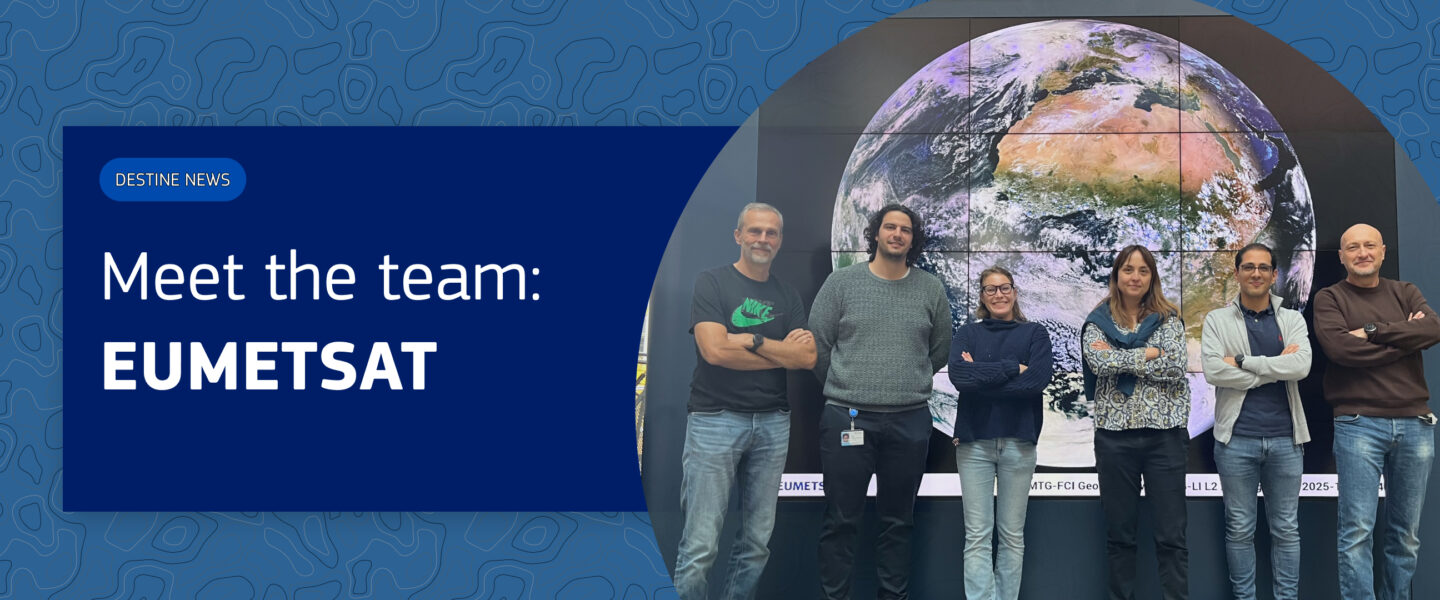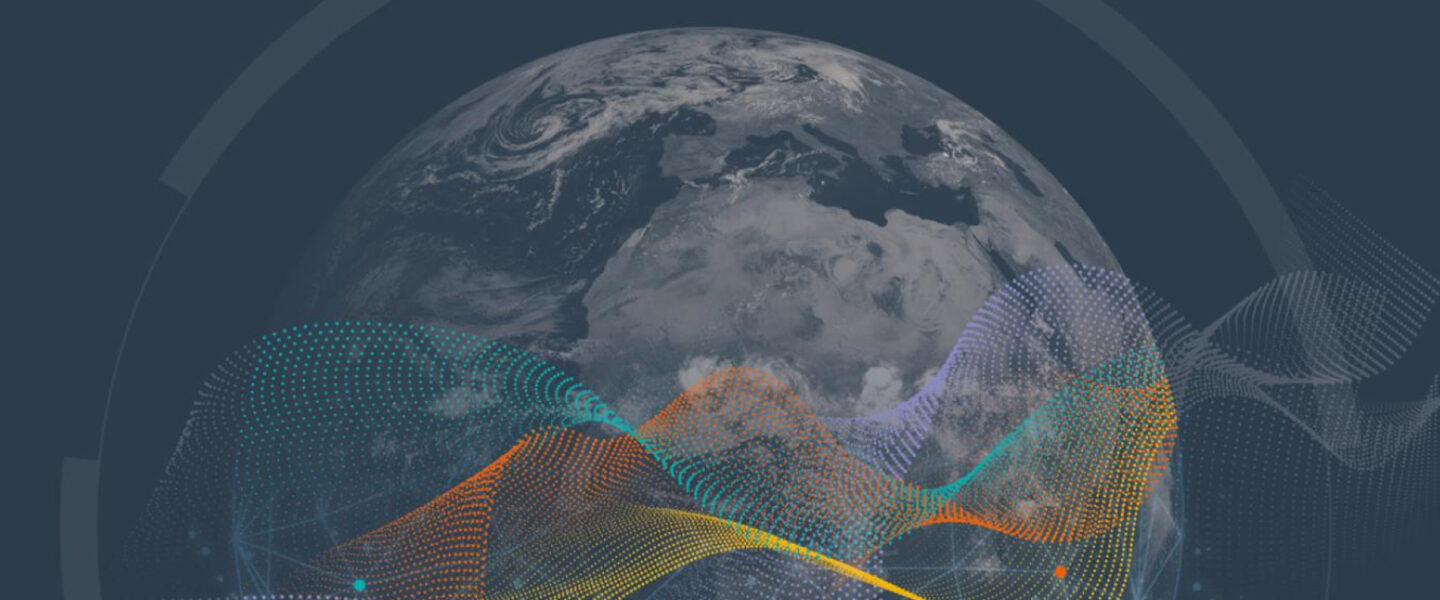ESA DTE: feeding into the DestinE digital twins
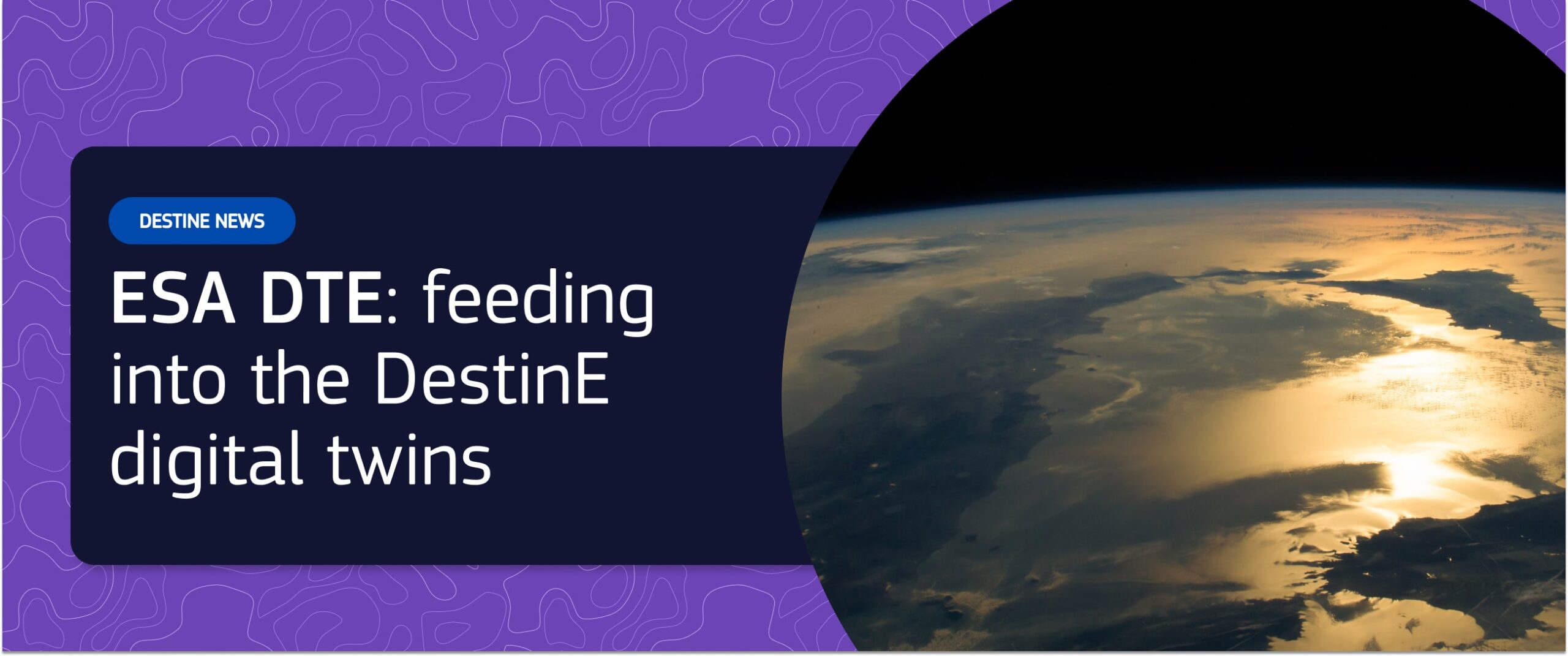
Building a digital twin of our planet is at the heart of Destination Earth (DestinE). Constructed as a detailed computer model, a digital twin uses real-time data, AI and/or complex simulations to mimic Earth’s systems. Scientists can test ideas, predict natural disasters and study climate change, all of which helps prepare for short and medium-term changes to come.
DestinE aims to have a digital replica of our planet. The main components of the DestinE system are the DestinE platform, the Data Lake and the Digital Twins and Digital Twin Engine. ESAEuropean Space Agency is responsible for the DestinE PlatformSelf-standing DestinE system component, interfacing with the More, while EUMETSATEuropean Organisation for the Exploitation of Meteorological is implementing the Data Lake. ECMWFEuropean Centre for Medium-Range Weather Forecasts More is implementing the Digital Twin Engine and the first two Digital Twins, one focused on weather-induced extremes and the other on climate adaptation. To support these efforts and boost the innovation that will feed into DestinE, ESAEuropean Space Agency has launched the ESAEuropean Space Agency Digital Twin Earth (ESAEuropean Space Agency DTE) programme.
What is ESA’s DTE?
ESA’s Digital Twin Earth programme is designed to advance digital twin technologies. It is structured around three key pillars: a Digital Twin Framework, the Digital Twin Components (DTC), and interoperability with Member States’ initiatives. Together, these elements support technological innovation, facilitate the development of pre-operational digital twins based on Earth observation (EO) data, and promote collaboration across Europe.
ESA’s DTE builds on EO data from multiple missions, including the Copernicus Sentinel satellites and the Earth Explorers.
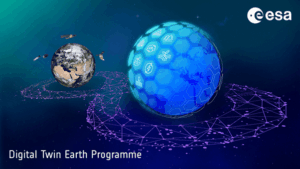 ESA’s Digital Twin Earth programme is creating the conditions for a
ESA’s Digital Twin Earth programme is creating the conditions for a
sustained uptake of new EO capabilities in future digital twin ecosystems
Supporting DestinE
One of the pillars of ESA’s DTE initiative, the Digital Twin Earth Framework, provides a testbed for disruptive changes in EO operations. Developers in this framework are working on tools that will enhance DestinE’s capabilities on the DestinE PlatformSelf-standing DestinE system component, interfacing with the More. These include, for example, the DestinE Streaming service, which will optimise access to the vast quantities of data produced by digital twins in the future.
Another pillar, the Digital Twin Components (DTC), focuses on the development of pre-operational digital twins based on EO data. These digital twins are created in collaboration with scientific and industrial partners, ensuring that they are designed with a strong user focus and practical applications in mind. The ultimate goal is to make these components operational and integrate some of them into the broader DestinE system.
Finally, as part of its DTE programme, ESAEuropean Space Agency is collaborating closely with Member States to not only incorporate relevant national activities into the DestinE platform, but also to ensure they can fully benefit from and contribute to the broader DestinE system — including by using federated approaches when needed. Most countries have national, regional and local digital twin initiatives, and ESAEuropean Space Agency works with these stakeholders to ensure that they can make best use of DestinE.
Joining forces for digital twins
Making a complete digital copy of our planet is no easy task. Digital twins that focus on the biosphere, for example, need researchers from different fields – like biology, zoology and Earth observation – to work closely together. ESAEuropean Space Agency is funding 13 digital twin components projects on multiple topics across Europe to help boost collaboration and build interdisciplinary digital twins.
Earlier this year, the teams behind these components met at ESA’s Digital Twin Earth Components Open Science Meeting. At the gathering, participants shared their experiences and contributions on the process of building digital replicas of the many systems of our planet, from forests to ice sheets and hydrological cycles. The event was an opportunity for scientists, research institutions, policymakers and industry to shape the future evolution of Earth observation in the context of digital twins in Europe.
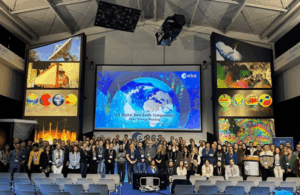 During an open science meeting in February 2025, participants shared their
During an open science meeting in February 2025, participants shared their
experiences and contributions to the process of building digital replicas of our planet
ESA’s Digital Twin Earth programme highlights the essential collaboration needed to build accurate digital replicas of our planet. By integrating EO data and innovative services into DestinE, the ESAEuropean Space Agency DTE is another example of the synergies required to successfully craft digital twins.
To be notified of new developments on digital twins and DestinE, subscribe to the DestinE newsletter below.
